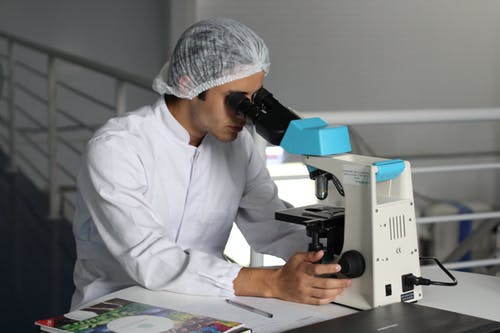CBRN: Chemical Agents Part 1
Nerve agents work on inhibiting the action of the acetylcholinesterase enzyme. Acetylcholine is a neurotransmitter which is responsible for muscle movement and contraction. Once it has passed the synaptic cleft and bonded with the receiving neuroreceptor, it passes its message of contraction/muscle movement, and then the enzyme Acetylcholinesterase removes it from its’ bind in the neuroreceptor.
A nerve agent works by stopping the enzyme from removing the neurotransmitter. This means Acetylcholine starts to build up in the neuroreceptors, sending constant signals of muscle movement and contraction. The build-up gets to a debilitating stage where muscles become paralyzed through contraction. The patient may start fitting and eventually stop breathing due to the loss of control over respiration and other functions. Nerve agents also effect the muscarinic and nicotinic receptors, causing an array of signs and symptoms: constriction of the pupils (meiosis), increased production of saliva, running nose, increased perspiration, urination, defecation, broncho secretions, bronchoconstriction, decreased heart rate and blood pressure, muscular twitches and cramps, cardiac arrhythmias, tremors and convulsions.
There are different variations of nerve agent which means some are more deadly and quicker acting than others. Depending on environmental factors and agent type/concentration, death can occur quickly. Treatment for nerve agent poisoning requires, if possible, removal of the patient from the substance and contamination (e.g., clothing removal, decontamination, etc.,), supportive care of the patients’ CABCDE (Catastrophic haemorrhage, Airway, Breath, Circulation, Disability, Evaluate), and administration of Atropine, and Pralidoxime (many medical services carry pre-made nerve agent antidote injectors containing these medications as a form of quick administration).
How these medications work:
Atropine binds with the neuroreceptors available meaning further Acetylcholine can’t continue to build up. Pralidoxime can help regenerate Acetylcholinesterase, allowing it to start breaking down the bond between neurotransmitter and neuroreceptor. For these drugs to have a positive effect, they need to be administered early.
